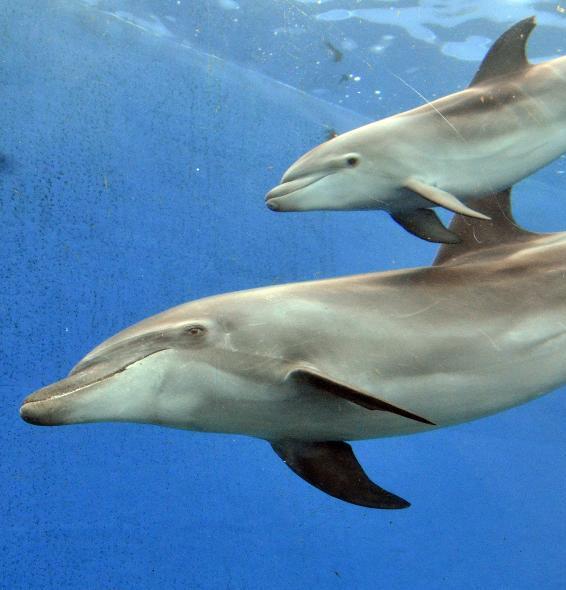Japanese aquariums rely on controversial dolphin hunt: report
Nearly half the dolphins in Japan’s aquariums are caught using a controversial fishing method that sees dozens more slaughtered every year, a newspaper reported Saturday. At least 18 of 33 Japanese aquariums that are home to dolphins say their stock were caught using the divisive “drive fishing” method, while eight declined to comment due to concerns over “negative reactions,” the Yomiuri Shimbun said. Of 352 kept at the 33 facilities, 158 dolphins were caught after being corralled into a bay or beach and then snatched by fisherman to be sold later, the top-selling newspaper added, while others from their pods were killed for meat.
WAZA requires all members to adhere to policies that prohibit participating in cruel and non-selective methods of taking animals from the wild.
World Association of Zoos and Aquariums (WAZA) in voting to suspend its Japanese chapter (JAZA)
The southern whaling town of Taiji is known for the practice and came to worldwide attention after the Oscar-winning documentary “The Cove” showed pods of the animals forced into a bay and then butchered with knives, in a mass-killing that turned the water red with blood. Townsfolk say the hunt is for dolphin meat, which they say is a traditional part of their diet. But critics of the practice say there is insufficient demand to justify the slaughter of hundreds of animals a year and say the hunt is only profitable because of the high prices live dolphins can fetch when sold to aquariums and dolphin shows.

Science Dolphins